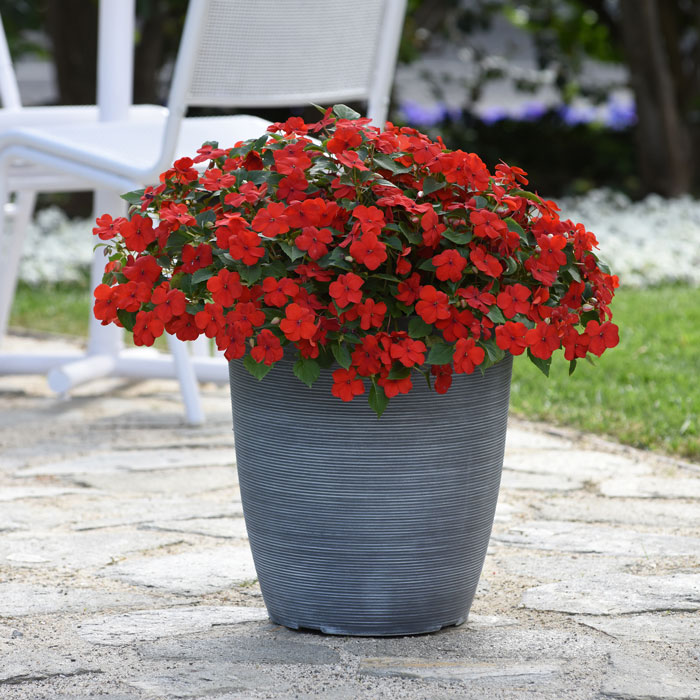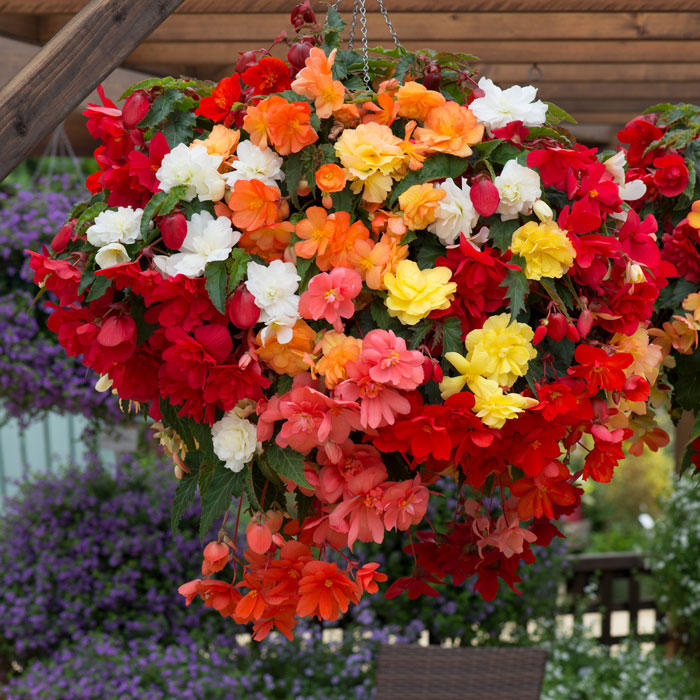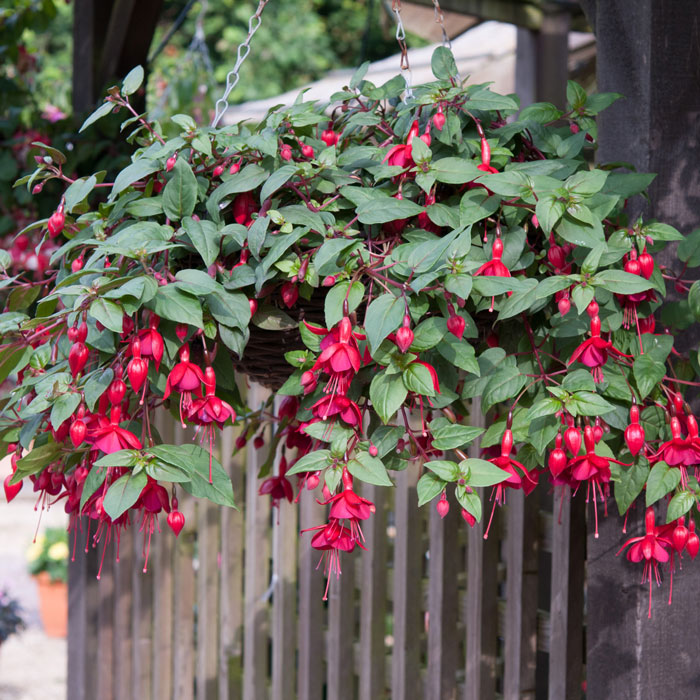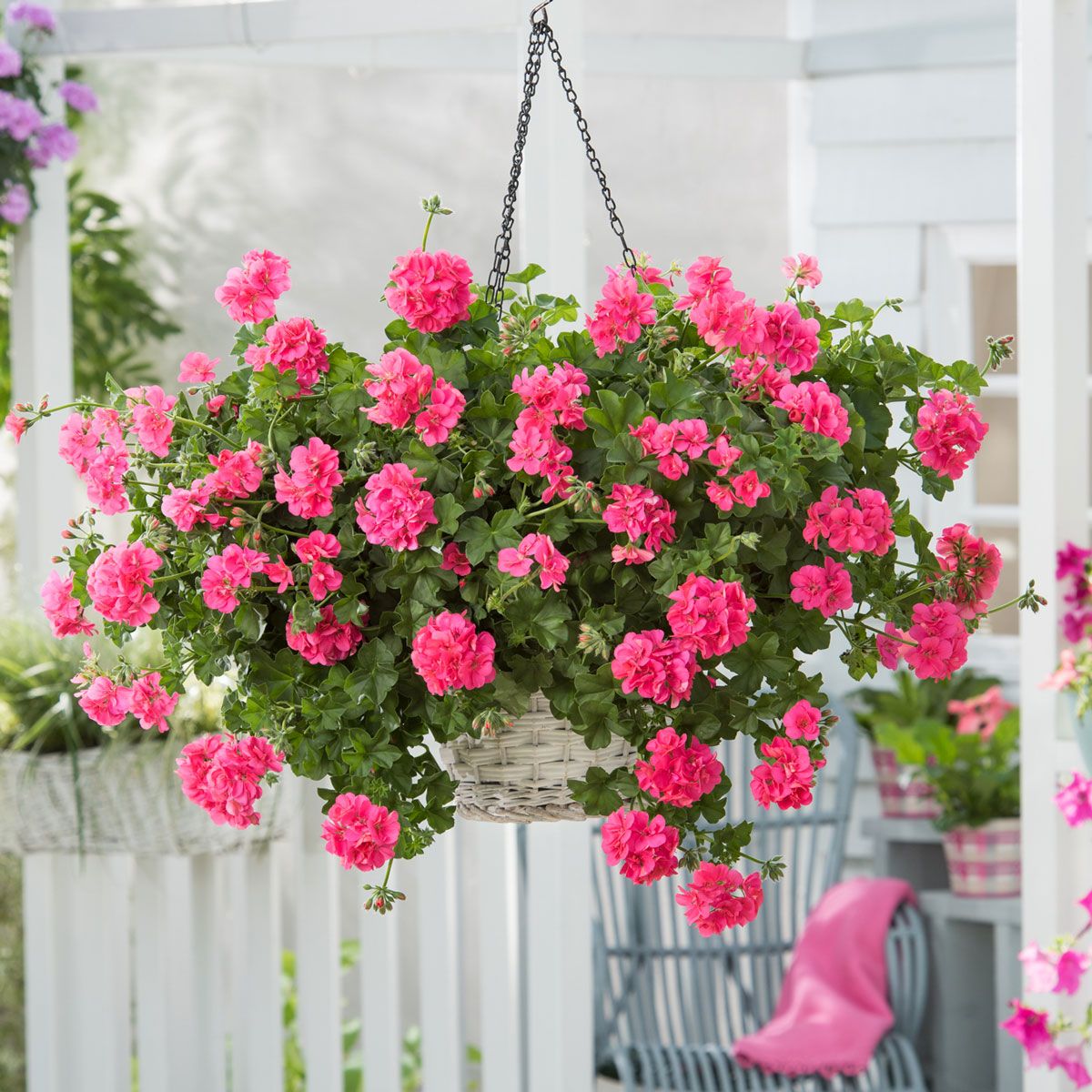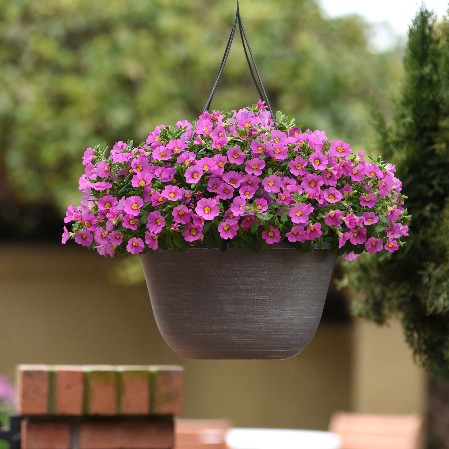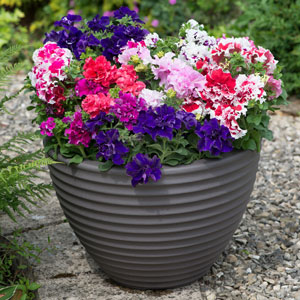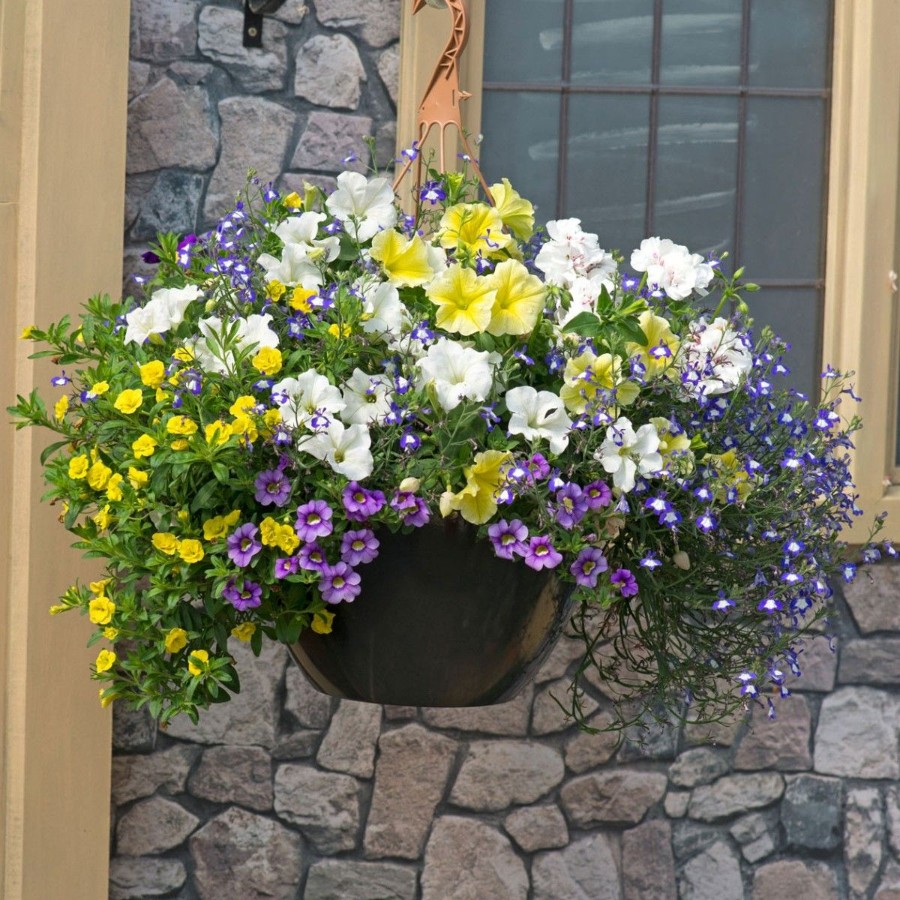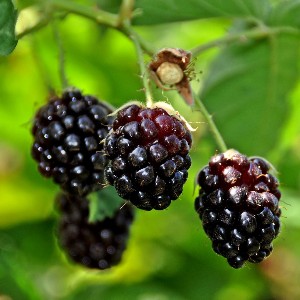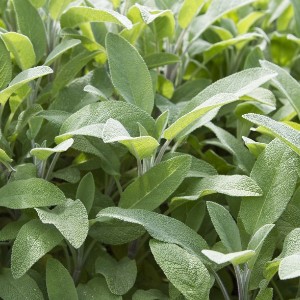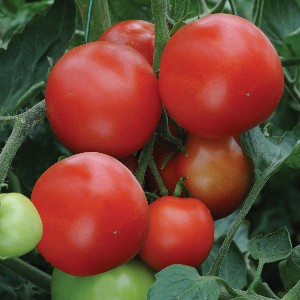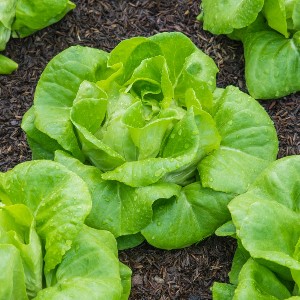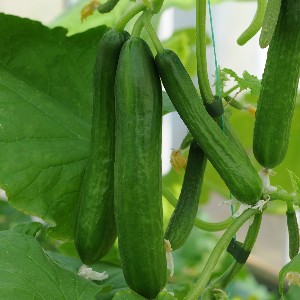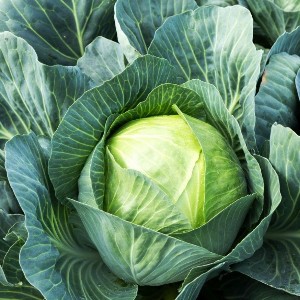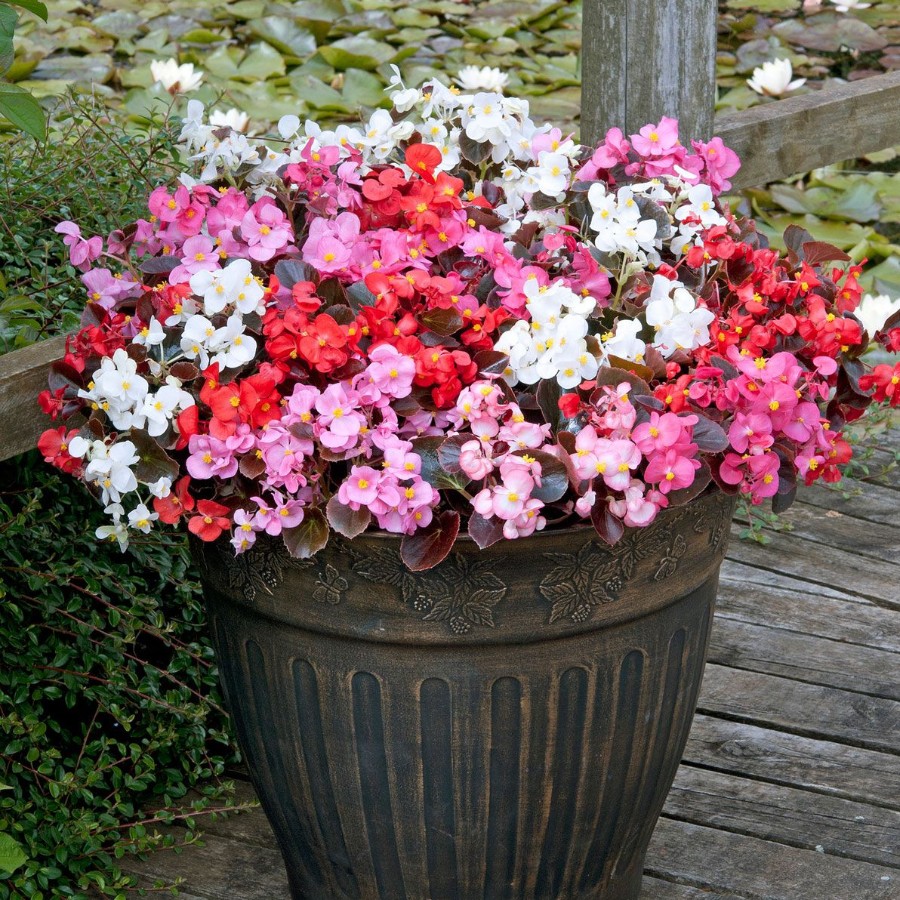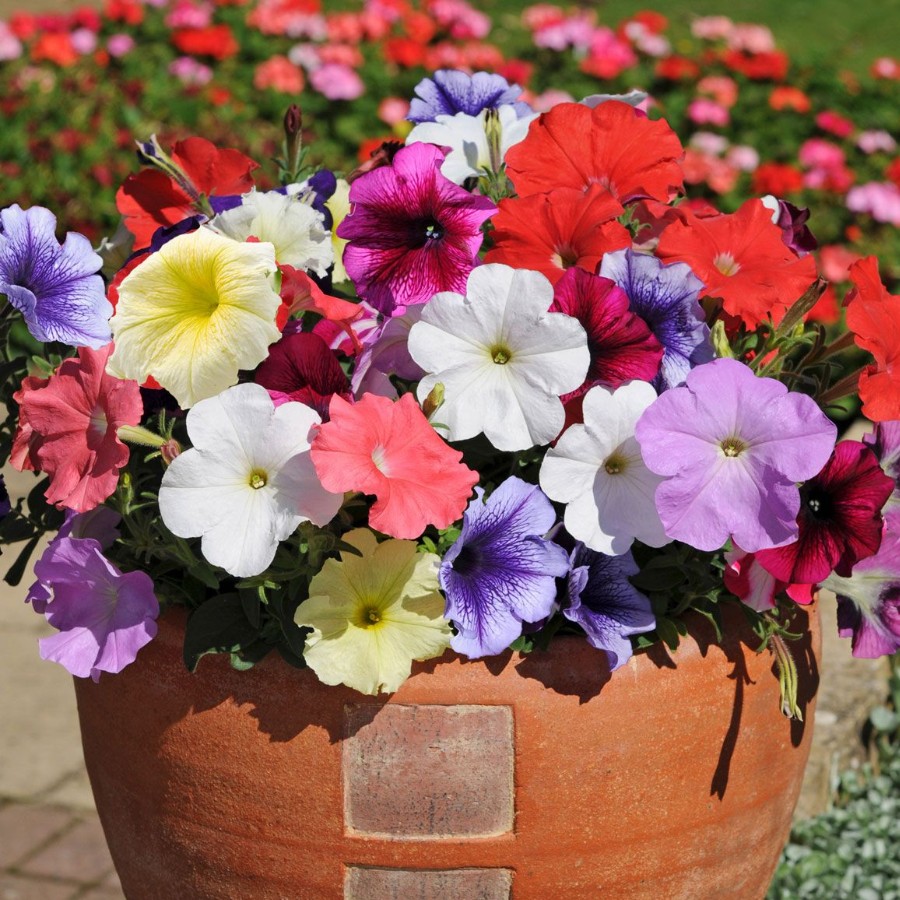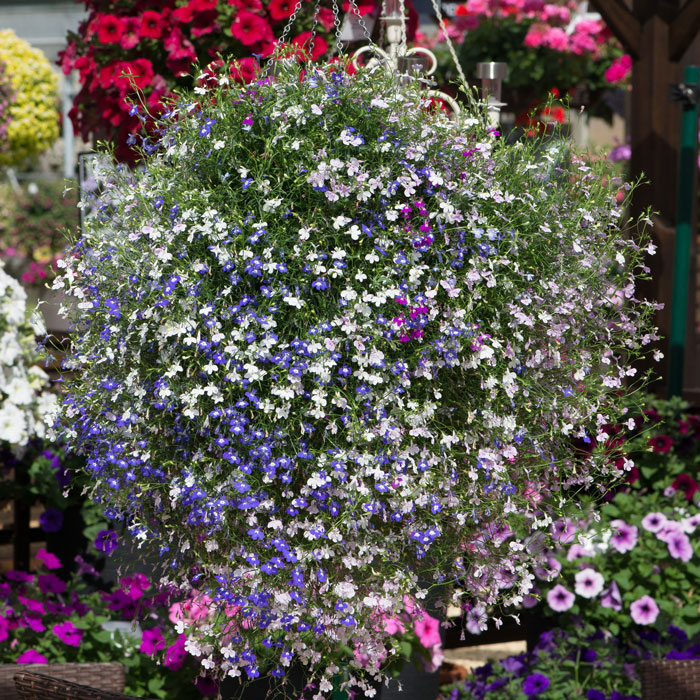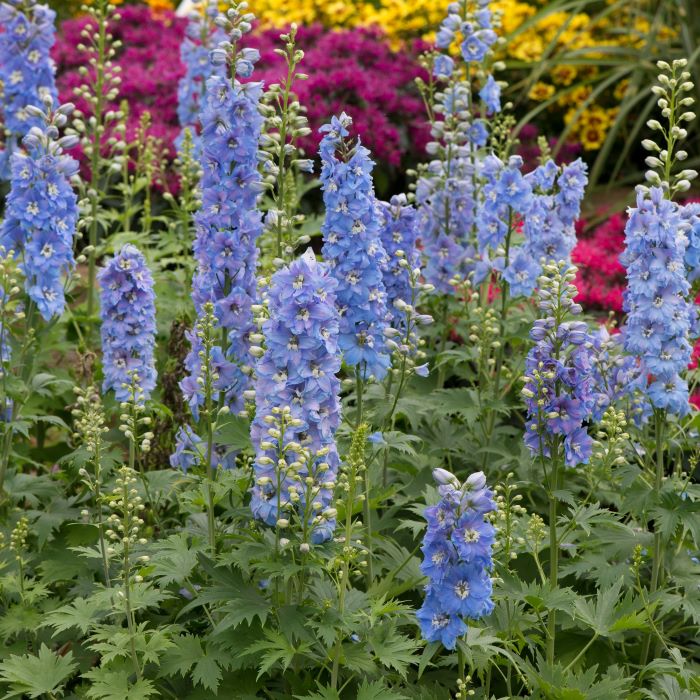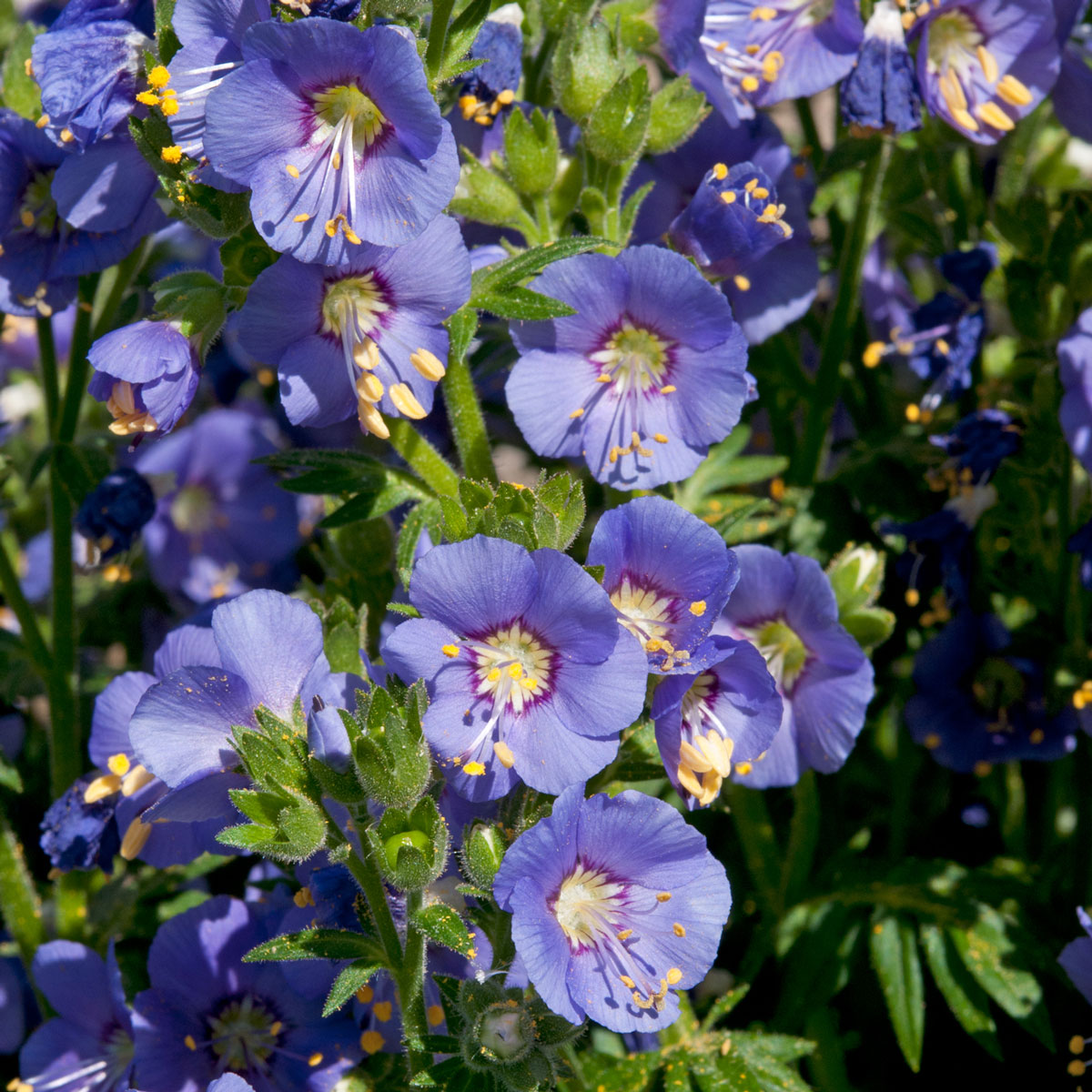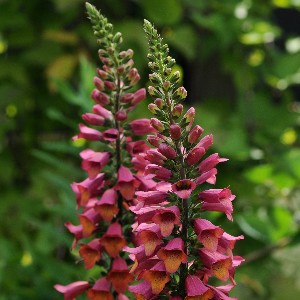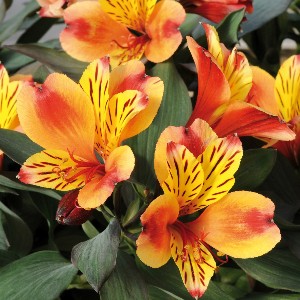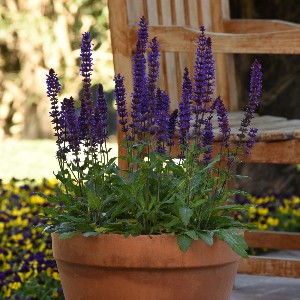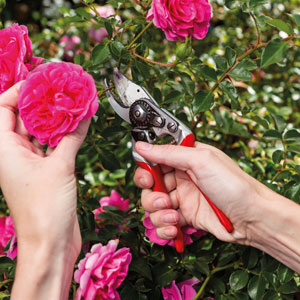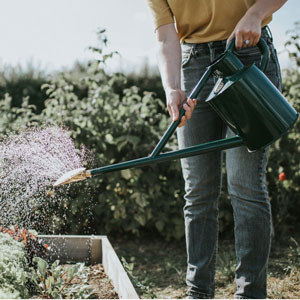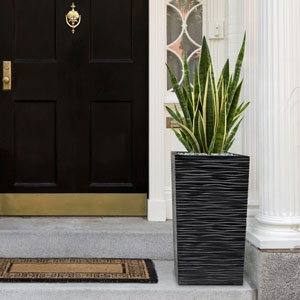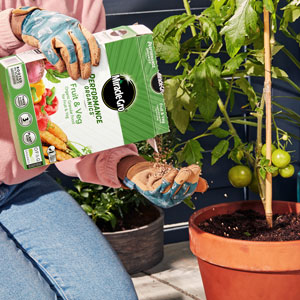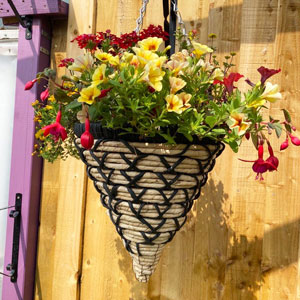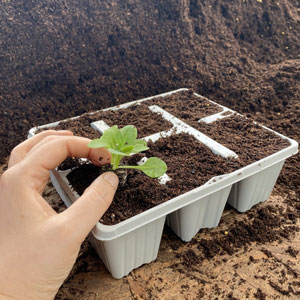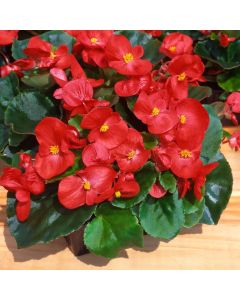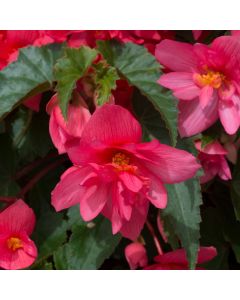Complete Advice for Growing Begonias
Planting Begonias
Where to plant Begonias?
Begonias can be planted in areas of dappled sun or part shade, and although in the UK they are generally grown in sunnier spots too and with the correct care they will flourish and bloom all summer until the first frosts. Begonias do not overwinter outside and can be consigned to the compost heap once the first frost kills them or when you want to replace the area with seasonal winter flowering plants.
Begonias have soft fibrous roots and stems which will not tolerate cold or wet wintery weather conditions. The exceptions are tuberous begonia varieties which can be overwintered in a frost free place. (See Overwintering Begonias)
When to plant Begonias?
Begonia plug plants need to be potted on and grown in a bright frost free place like a warm greenhouse or windowsill indoors before planting outdoors. Plant begonias into their final outdoor flowering positions during May when all risk of frost has passed in your area. Tender annual plants will not tolerate frost so it is worth checking upcoming local temperatures before planting out. Gradually acclimatise your plants to outdoor temperatures over a period of a week or so before planting out.
How to plant Begonias in the ground
Ensure that the area to be planted is weed free. Enriching the soil with homemade compost or soil conditioner before planting can help with drainage which is important for healthy begonia growth. Carefully remove the young plants from their growing pots. Space bedding begonia plants approx.15cm (6”) apart, depending on the variety, to allow the roots to develop fully and flowers to grow to maturity without being overcrowded. Providing adequate air flow around each plant is essential to help stop high humidity levels which can cause rotting.
How to plant Begonias into pots
Disinfect pots or containers before planting to destroy any possible diseases and infections. Fill the pot with new fresh compost. Adding a slow release fertiliser to the compost before planting, will help to keep nutrients in the compost for longer. Remove the plant from the pot and plant into the container. Firm in and water well.
Ongoing Care for Begonias
Watering Begonias
Take care not to overwater begonias as this can cause new flowers to drop off. More begonias perish from overwatering than underwatering so once the top of the soil feels dry to the touch it is time to water.
Depending on weather conditions, water begonias when the soil surface is dry. Begonias prefer being slightly drier than too moist as too much wet can be a cause of fungal diseases and flowers dropping off. Keeping pots and containers on pot feet helps with drainage and will help prevent plants from becoming waterlogged.
Feeding Begonias
Begonias will benefit from regular feeding throughout the growing season to keep them looking their best. Feeding will promote both healthy root growth and plenty of flowers. Use a liquid feed such as Miracle-Gro Performance Organics Liquid All Purpose Plant Feed or Neudorff Organic Multi Purpose Liquid Plant Food. If preferred try Miracle-Gro All Purpose Soluble Plant Food.
Deadheading Begonias
Deadhead begonias regularly for the best show and to encourage new flowers. Pinch out flowers as they fade and turn brown, as rotting flowers can attract disease.
Pruning Begonias
Begonias can be pruned if they are becoming too leggy and you want to encourage a more bushy habit. The stems and leaves on begonias can be quite brittle and can snap off easily so it is advisable to use your fingers to prune stems or use flower snips, don't worry if you don't have any snips, take a look at our range right here .
Staking Begonias
Staking is not necessary with the most popular Begonia Organdy, as they are the smaller upright bedding type begonia semperflorens. Hanging basket and window box container trailing begonia varieties, such as Begonia Illumination, that naturally cascade over the sides will not need staking. Large flowered begonias grown for containers may need some unobtrusive staking because of the sheer weight of the flowerheads but this depends on the variety grown. Begonias have quite brittle stems and can snap easily so take care if staking. The exceptions that will probably need staking are the taller leafy varieties of begonias often grown as houseplants.
Dividing Begonias
Our begonia plants come to you as plug plants to be potted on and then grown on in a bright but frost free spot before being transferred into their final flowering positions during May/June in containers, hanging baskets or into the ground once the risk of frost has passed. Individual plug plants should be grown on without the need to divide up further.
Overwintering Begonias
Bedding begonias are tender plants and classed as annuals in the UK and do not overwinter outdoors. The flowers have an almost waxy look and feel and this is why they are often known as wax begonias. They can be dug up and placed on the compost heap at the end of the summer growing season. Tuberous begonias will gradually begin to die back at the end of the summer season and can be overwintered. Lift tubers carefully from the ground or containers before the first frost as the leaves naturally begin to turn yellow.
Leave the tubers somewhere dry and protected to allow the surrounding compost or soil to dry out for a few days and then remove any remaining soil from the tubers. Wrap tubers in newspaper or keep covered in almost dry compost. Store tubers in a dry frost free area in a wooden crate if you have a few to store. On a lower shelf of greenhouse staging is ideal or a dry shelf in a shed or garage. Ensure the temperature is just above freezing. Check tubers regularly during the winter for any signs of rodent disturbance or decay and rotting. Remove any tubers affected.
Replant the begonia tubers with fresh peat free compost in the spring and water in well initially. Keep in a bright, frost free area to promote new growth. Do not overwater as this can cause the tubers to rot if they become waterlogged.
Pests and Diseases
Tips to help stop common pests and Dieases.
Avoiding pests and diseases on begonia plants can be greatly reduced by giving plants the correct growing conditions. Conditions need to be correct for growing begonias and good plant hygiene is essential for healthy plants. If your plants are suffering from drought-stress, for example if they are not getting enough water, they can be more susceptible to disease. Using clean disinfected plant pots and trays initially when potting on begonias will help to stop diseases being passed on. Ensure garden tools are cleaned thoroughly after use to reduce the spread of diseases. Clear any fallen leaf debris around the base of the plants as leaves can harbour spores over winter.
Common Pests that eat Begonias
Do slugs and snails eat begonias?
Slugs and snails can attack begonia leaves and flowers at night and gardeners will usually notice holes in the leaves of young tender plant growth and a slime trail left behind. However they do prefer plants with thinner leaves and as begonias generally have thicker, waxy leaves they will tend to try something more palatable first. Introducing natural predators for pest control on many plants is now preferred over using chemical products. Encouraging wildlife like hedgehogs, frogs, birds and ladybirds into your garden will help you control pests in the garden.
Do rodents eat begonias?
Yes they will eat both begonias in pots and begonias in the ground. The organic approach would be to deter rats by planting known rodent repellent plants with pungent odours like garlic, chives, rosemary and thyme near begonias. Rodents tend to dislike certain scented plants so planting these can act as a natural deterrent. Adding peppermint oil extract to water and spraying around begonia plants can also deter rats and mice. Apart from getting poison or setting a trap, a predatory cat is a more natural option.
Chrysanthemums, part of the Asteraceae family, are a great repellent against rodents and are an attractive addition to the garden. The yellow centres of the flowers contain pyrethrin, which is now thought of as the most important natural pesticide in the world.
Do rabbits eat begonias?
Begonias are toxic to wild rabbits that may enter your garden so they instinctively tend to stay away from them. The leaves contain a high amount of oxalic acid, which rabbits dislike. Domestic rabbits that have the run of the garden may not have the natural instinct not to eat begonias. A good deterrent for domestic rabbits not to eat your begonias is to mix some cayenne pepper with water and spray lightly over the plants before letting your rabbit roam.
Do deer eat Begonias?
If deer wander into your garden they are less likely to eat your begonias first as they don't like the smell of them. Although we can't generally smell begonias as such, they have a distinct odour that deer do not think highly of. The leaves contain oxalic acid which can be harmful to deer. Deer are particularly fussy about the texture of their food too and as many begonias have furry or fuzzy leaves they tend to leave them alone.
Some begonias such as the variety Dragon Wings have waxy leaves and deer are equally deterred by the smooth shiny leaves and scent. If deer are a problem in your garden, try planting other deer resistant varieties of plants nearby such as cosmos, poppies, rosemary, Buddleia and Pieris to make the area unappetising for the deer.
Common pests that can infest Begonia plants
Good hygiene practices are the best way of preventing many diseases on begonias. Treating plants as soon as you notice problems can reduce the effect of damage to your begonia plants. Aphids such as red spider mite, mealy bugs and whitefly may be kept at bay by using a ready to use organically based spray such as Neudorff Bug & Larvae Killer. You can also use a weak solution of washing-up liquid and spray over infected plants.
Spider mites are more of a pest in the drier conditions of a greenhouse. They are minute, making them hard to spot. If you think you may have an infestation, look at the leaves and you will see that they have the characteristic of a two-spotted appearance on their bodies. The upper side of the leaves can often have a speckled appearance. Treat with the appropriate spray.
Mealy bugs are tiny, oval sap-sucking insects that can attack begonias and look like small pinky-grey woodlice. They are noticeable because of a covering layer of protective fluffy wax. Treat with the appropriate spray.
Whitefly are often associated with black sooty mould appearing on the undersides of begonia leaves. When disturbed they fly up and look like clouds of tiny insects. They leave a sticky residue. Treat with the appropriate spray.
Common Diseases that can affect Begonias
Bedding begonias can rot at their roots because of their porous fibrous roots resulting in the loss of the whole plant, this is usually because of overwatering.
Powdery mildew can affect begonia leaves and the tell tale sign is a white powder on the upper side of the leaves, stems and flowers. Remove affected leaves and destroy. (See Powdery mildew)
Frequently Asked Questions
Why are my begonia leaves wilting?
There are a few reasons why your begonia leaves may be wilting so assess the surroundings and conditions you have your begonias growing in and make alterations as necessary.
Incorrect watering, poor drainage and extreme heat can all cause begonias to droop and wilt.
Too little watering can cause the leaves to wilt especially if the whole plant is drying out. Leaves can turn yellow, the leaf tips can look scorched and brown and then leaves can feel crispy and dry to the touch.
Too much heat can also cause begonia leaves to wilt.
Why are the leaves on my begonias turning yellow?
Overwatering can be a cause of yellowing leaves.
Check that plants are receiving the correct amount of water and ensuring there is good drainage in the area planted and that the plants are not sitting in soggy soil becoming waterlogged.
What is eating my begonia plants?
Slugs and snails are probably the main culprits along with rodents.
See Common Pests that eat begonias.
Can I plant begonias in the shade?
Begonias are ideally suited to being grown in part-shady spots in the garden especially if they can have some shade from the scorching sun in the heat of the day.


